Some concept cars feel like a sales pitch. Others feel like a promise broken before it could be kept. The 10 vehicles in this list were more than just wild ideas—they were refined, functional, and in some cases, nearly production-ready. But for reasons that had little to do with demand, these concepts were shelved. Maybe they were too early, too expensive, or simply misaligned with the corporate agenda. Regardless, they’ve aged well, and today they still make us wonder why the green light never came.
Plymouth Voyager III (1990)
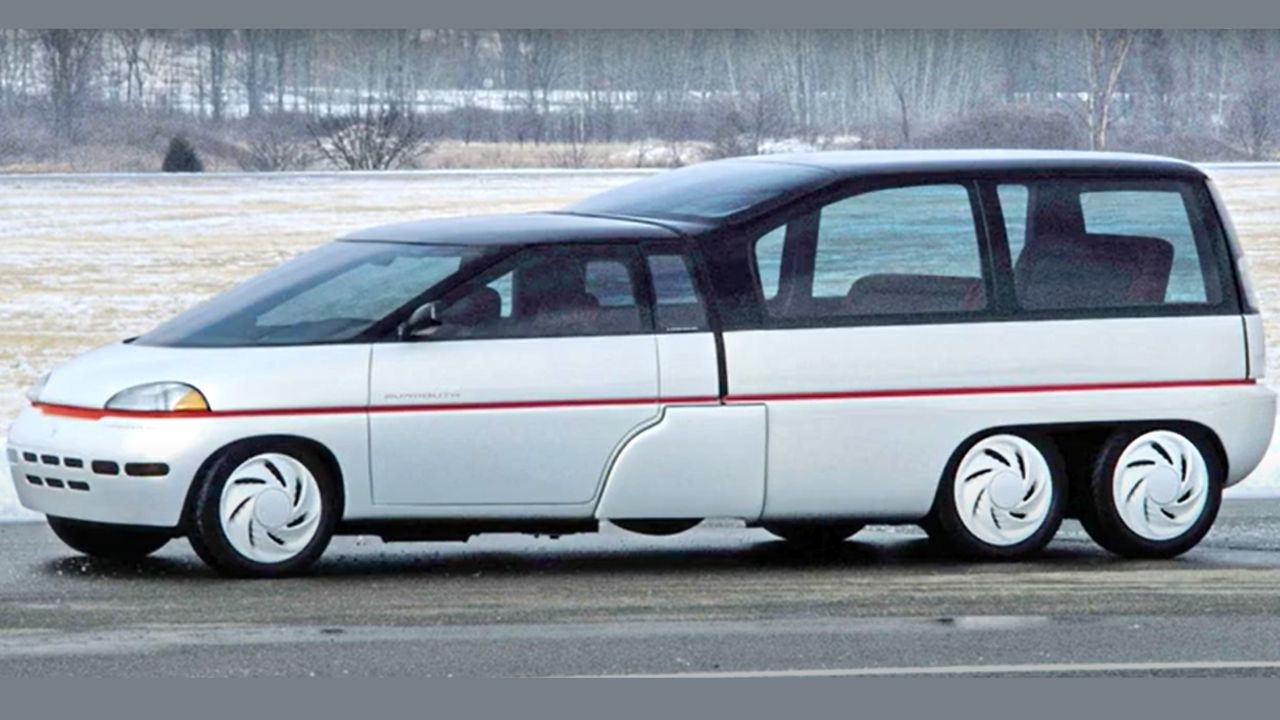
Chrysler’s minivan brain trust cooked up something strange in 1990: a modular two-part minivan called the Voyager III. The front half was a functioning car; the rear was an attachable module with its own drivetrain. When combined, it became a six-wheeled van with V6 and turbo-four power.
The idea was flexibility: drive the short version for commuting, snap on the trailer for road trips. It was weird, but it worked. Executives didn’t think buyers would go for the idea, so it was scrapped. But today, with modular EV platforms rising, it suddenly makes sense.
Buick Wildcat EV Concept (2022)
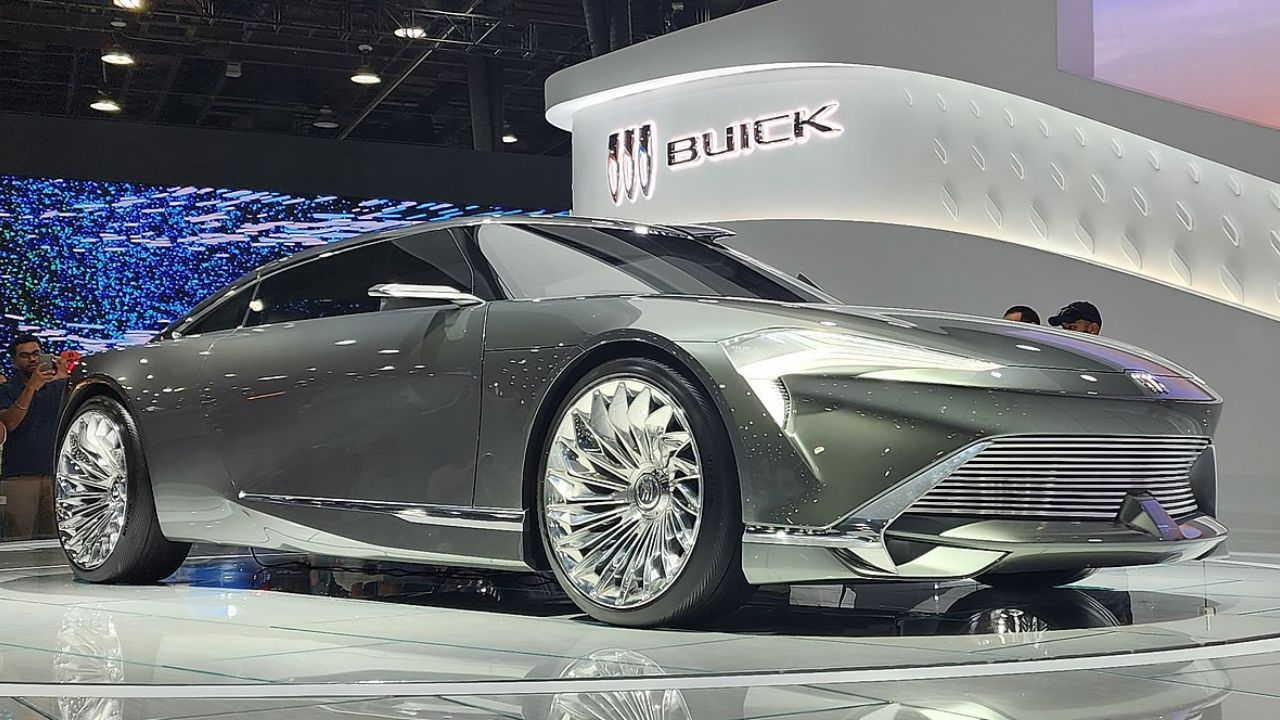
The 2022 Buick Wildcat EV wasn’t just a tease—it was a sharp, low-slung coupe that could’ve changed Buick’s sleepy image overnight. Built as a design and tech showcase, the Wildcat featured a sweeping glass canopy, sharp LED lighting, and a minimalist EV-focused interior. Though exact specs weren’t released, it was meant to preview GM’s Ultium platform potential in a personal luxury format.
Had it launched, it would’ve been the first Buick coupe in over 30 years and the brand’s first true EV flagship. Instead, it remains a PR halo while crossovers keep the lights on.
Dodge Charger R/T Concept (1999)
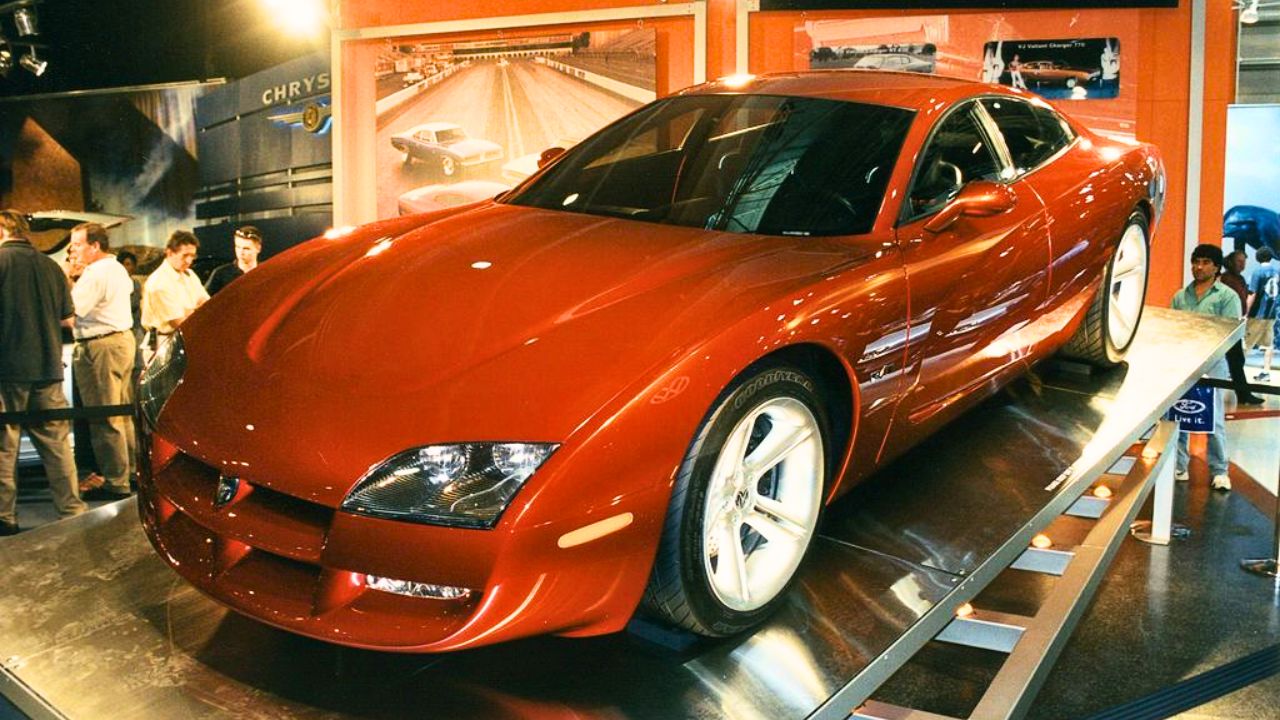
Long before the modern four-door Charger came back, Dodge unveiled a 1999 Charger R/T Concept that looked ready to shred pavement. It featured a rear-wheel-drive layout, a 4.7-liter Magnum V8, and a six-speed manual transmission. Its aggressive design was pure muscle with a functional stance and enough throwback nods to satisfy Mopar diehards.
The car reportedly reached advanced prototype stages, but DaimlerChrysler chose to develop a sedan-based Charger instead. A missed chance for a proper two-door revival with real street cred—and one many fans still haven’t let go of.
Lincoln Continental Concept (2002)
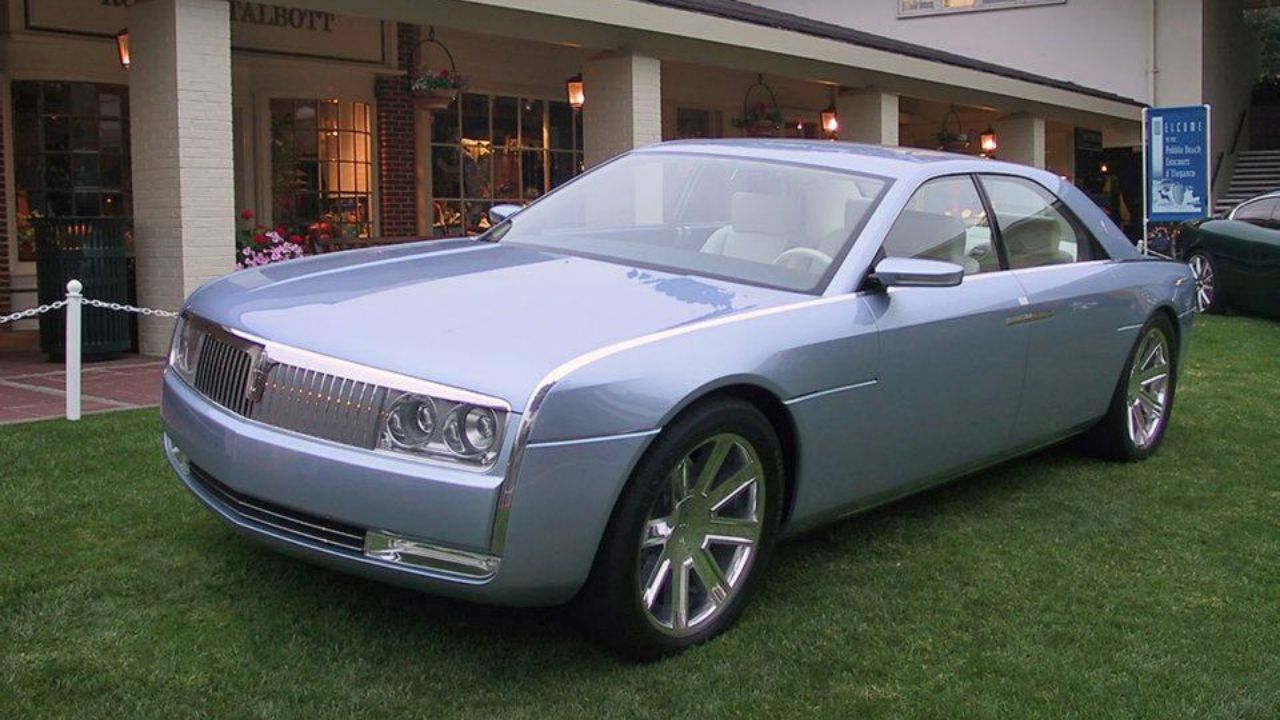
Lincoln’s 2002 Continental Concept was a big, rear-drive sedan designed to put Cadillac on notice. Riding on the same DEW98 platform as the Thunderbird and LS, it featured a 6.0-liter V12 good for 414 horsepower. Inside, it was clean and understated, with upscale wood and brushed metal finishes that could’ve aged well.
Ford killed the project just before production. Had it launched, it would’ve given Lincoln its first real contender in the luxury performance sedan space since the ’60s. Instead, they went full SUV and left this one behind.
Chevrolet Nomad Concept (2004)
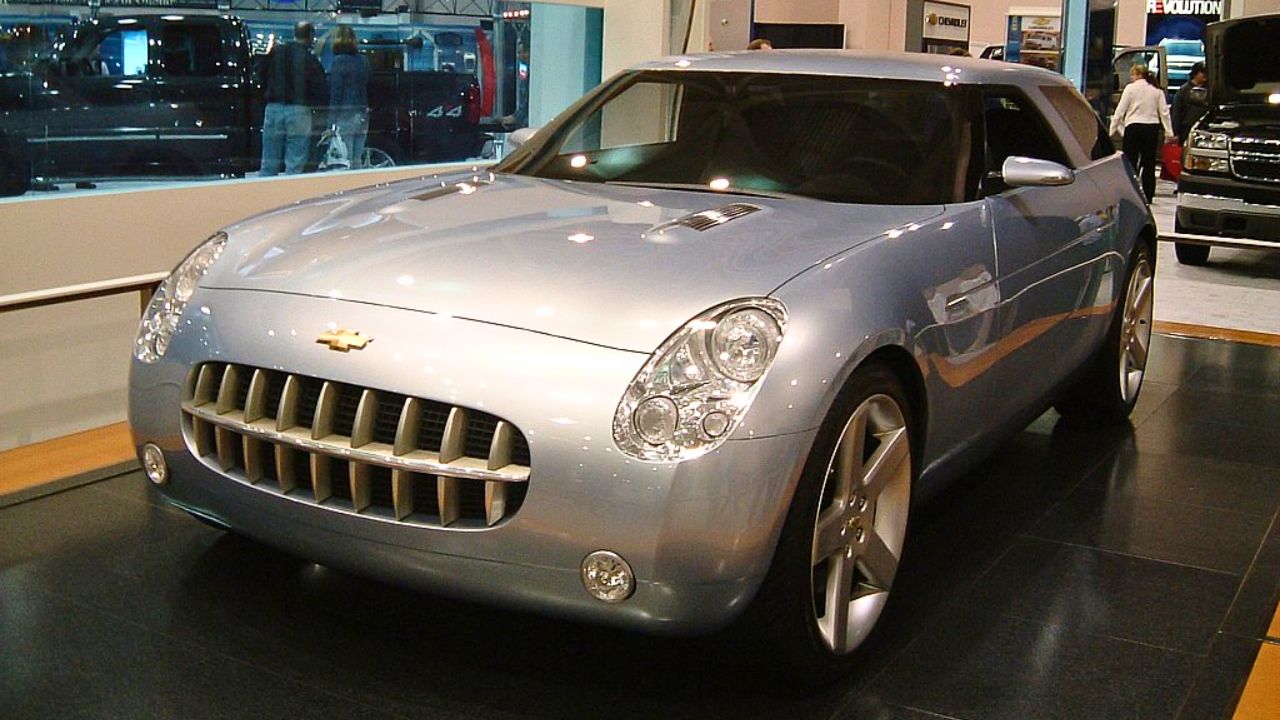
The 2004 Chevy Nomad Concept was part of GM’s retro wave that also gave us the SSR and HHR. But the Nomad was the sharpest of the bunch. Built on the rear-drive Kappa platform shared with the Solstice, it featured a turbocharged 2.2-liter Ecotec four-cylinder and a six-speed manual. Lightweight, small, and stylish—it was a driver’s wagon.
The problem? GM wasn’t sure how to sell a wagon in a market obsessed with trucks. So it got passed over. If it had hit showrooms, it might’ve beat the current retro-wagon craze by over a decade.
Ford Interceptor Concept (2007)
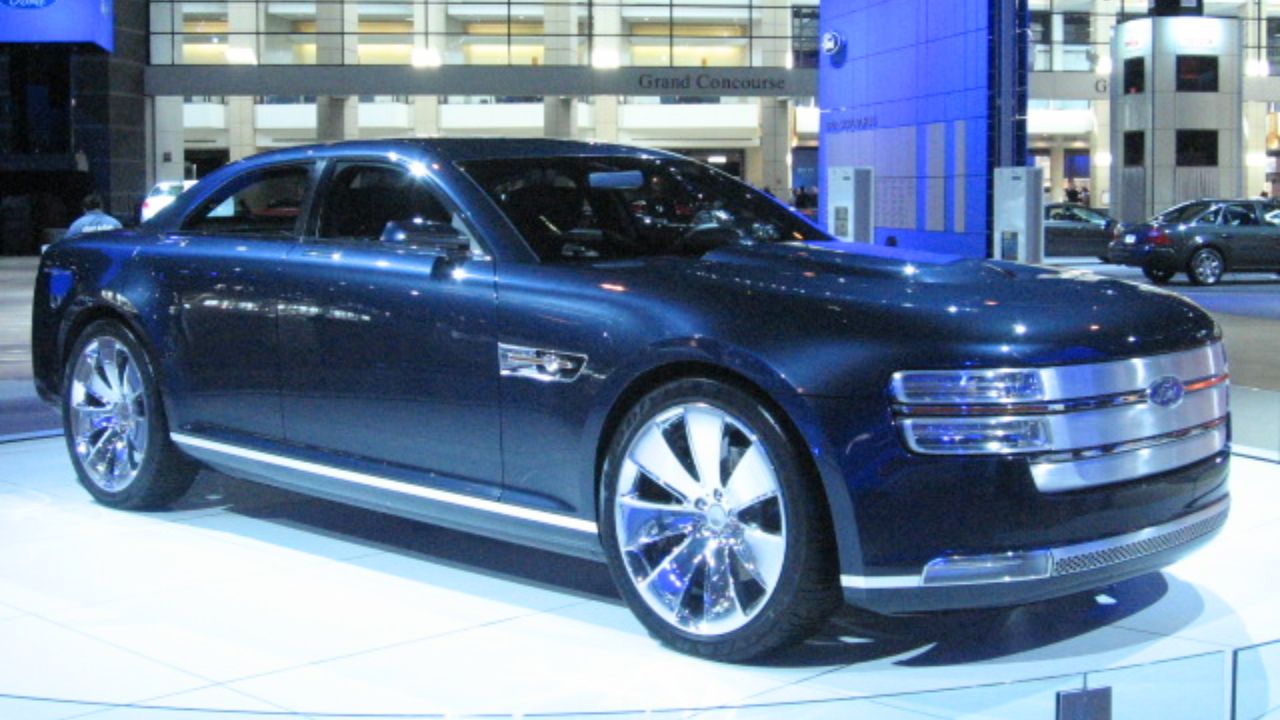
The Interceptor Concept from 2007 was Ford’s no-nonsense pitch for a modern full-size muscle sedan. With a boxy stance, wide body, and a 5.0-liter Cammer V8 making 600 horsepower, it was meant to reclaim the street presence of classic four-door bruisers. It sat on a Mustang-derived platform and even had a six-speed manual.
Despite positive press, it never got beyond the concept stage. Ford pivoted toward front-drive platforms and police-spec utility vehicles. The Interceptor remains a visual mic drop that never got its follow-up.
Chrysler ME Four-Twelve (2004)
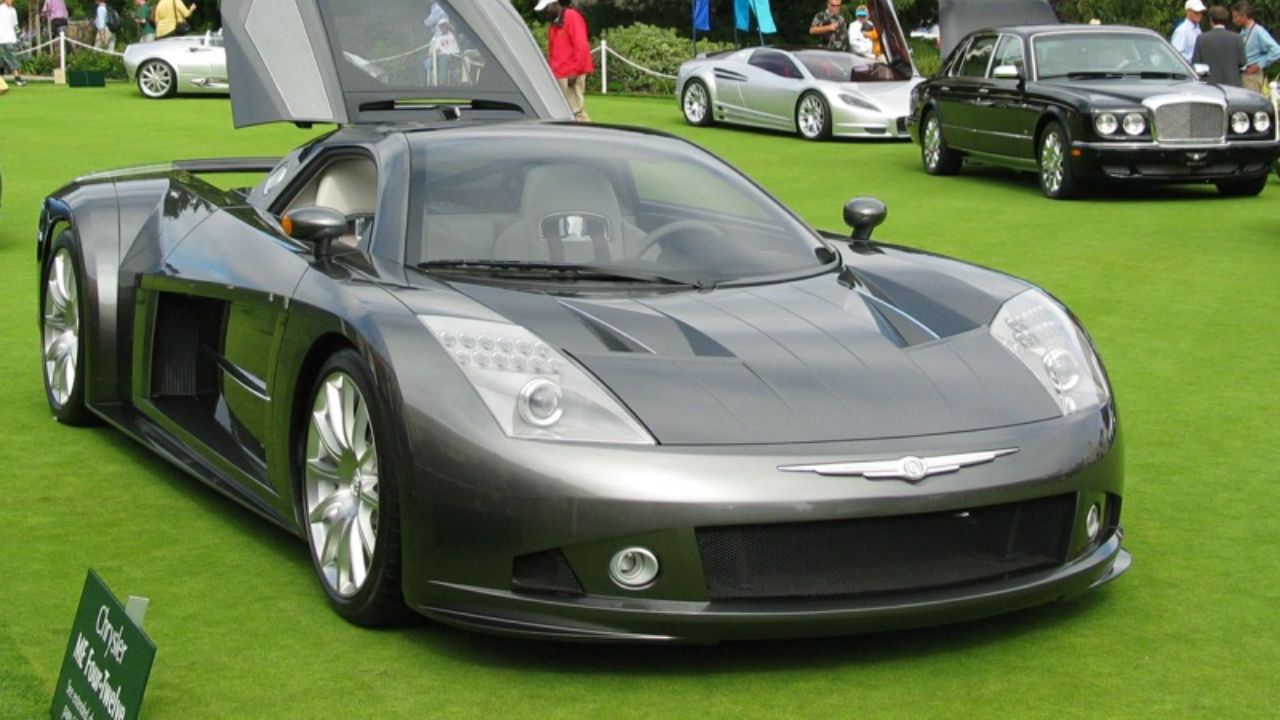
Chrysler dropped jaws with the ME Four-Twelve in 2004, a mid-engine supercar using a quad-turbo 6.0-liter Mercedes-Benz V12. The output? A claimed 850 horsepower and a 0–60 time under 3 seconds. The body was carbon fiber, the transaxle was a seven-speed Ricardo unit, and the top speed was reportedly over 240 mph.
Everything worked. Test mules existed. But the Daimler end of the merger wasn’t on board with Chrysler building a car that outperformed its own flagship brands. Politics killed it before the public ever got the chance.
Pontiac Banshee IV Concept (1988)
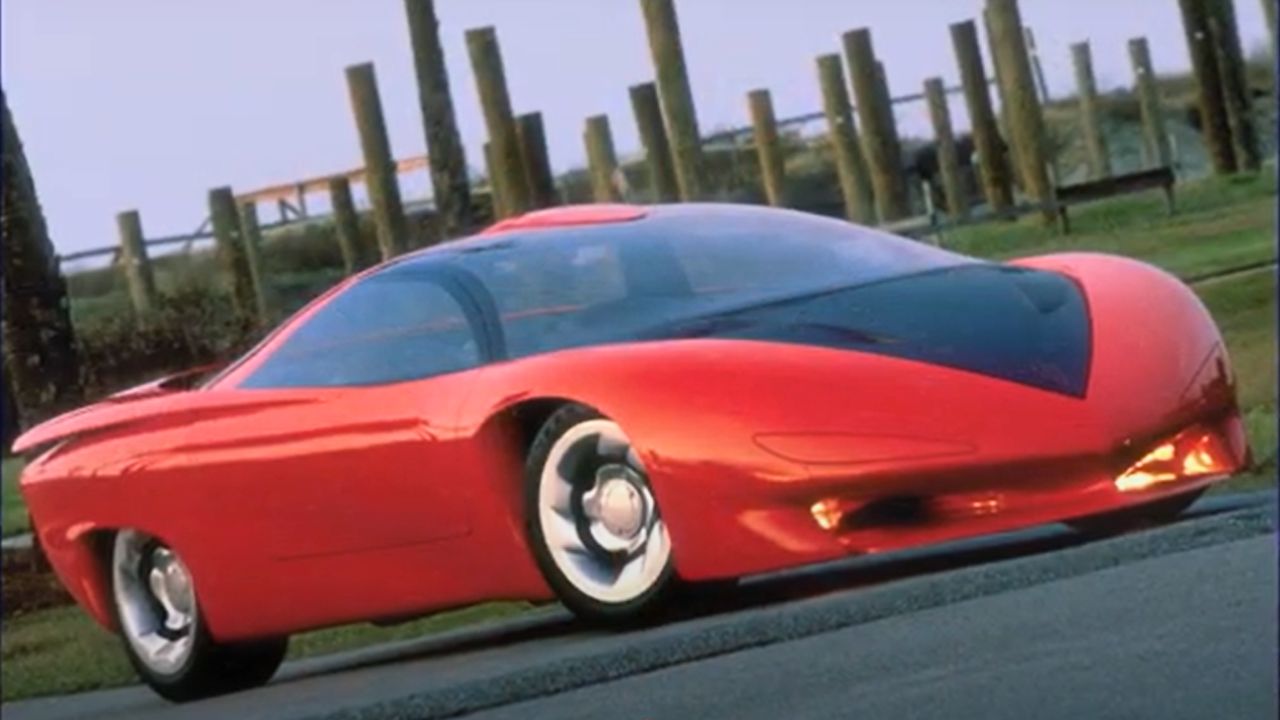
The 1988 Banshee IV was Pontiac’s fourth attempt at a next-gen Firebird successor. Built on the F-body platform, it had a sleek wedge shape, a glass canopy, and futuristic pop-up lights integrated into the fenders. Underneath was a 5.7-liter V8, likely the same TPI engine from the contemporary Corvette.
Its aggressive design actually previewed elements of the 1993 Firebird, but in a much more streamlined package. Production cost concerns and internal GM overlap sank it. But as a standalone performance coupe, it could’ve been something special.
Cadillac Sixteen (2003)
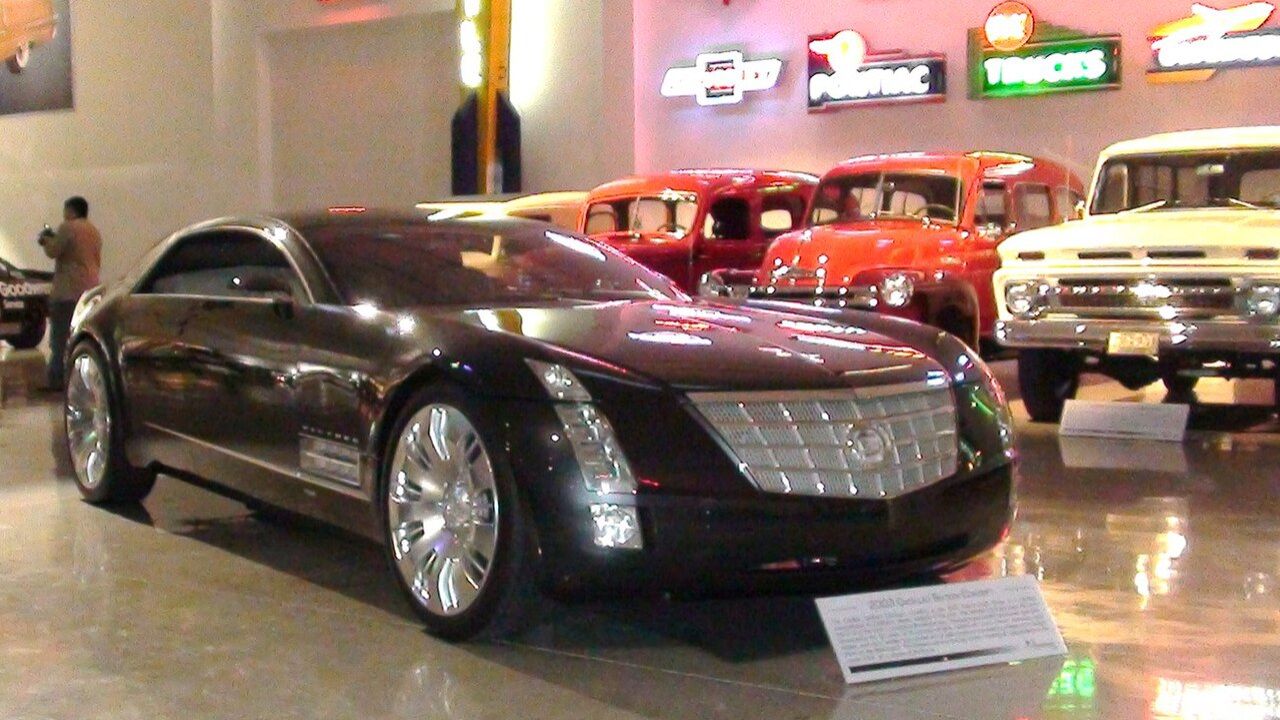
The Cadillac Sixteen concept was exactly what it sounded like—a 16-cylinder, 1,000-horsepower luxury cruiser. The engine was a 13.6-liter V16 with active cylinder deactivation, and the body stretched over 19 feet long. Inside, it had a hand-cut crystal gear selector and leather that looked stolen from a Gulfstream.
GM built a fully functional prototype, and Jay Leno even drove it. But the early 2000s recession made a $300,000 Cadillac hard to justify. Still, it stands as one of the most ambitious concept cars GM ever built—and shelved.
Oldsmobile Alero OSV (2001)

Yes, a sport compact Oldsmobile almost made it into showrooms. The Alero OSV (Oldsmobile Specialty Vehicle) was a performance version of the Alero coupe, fitted with a 340-horsepower supercharged 3.5-liter V6 and a Tremec five-speed manual. It had racing seats, Brembo brakes, and a lowered stance.
The car was part of Oldsmobile’s last-ditch effort to appear relevant to younger buyers. It actually worked—it turned heads and lapped tracks. But with the brand’s death announced in 2000, the OSV went out with it.
Like Fast Lane Only’s content? Be sure to follow us.
Here’s more from us:

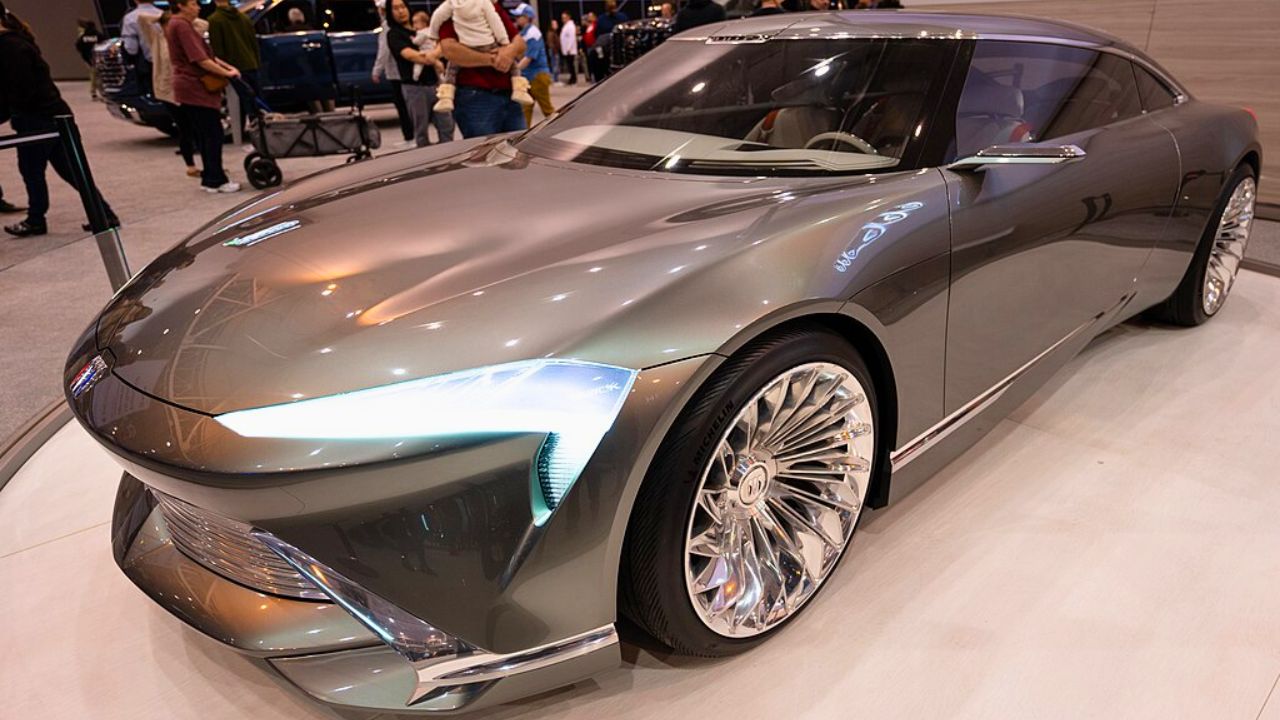

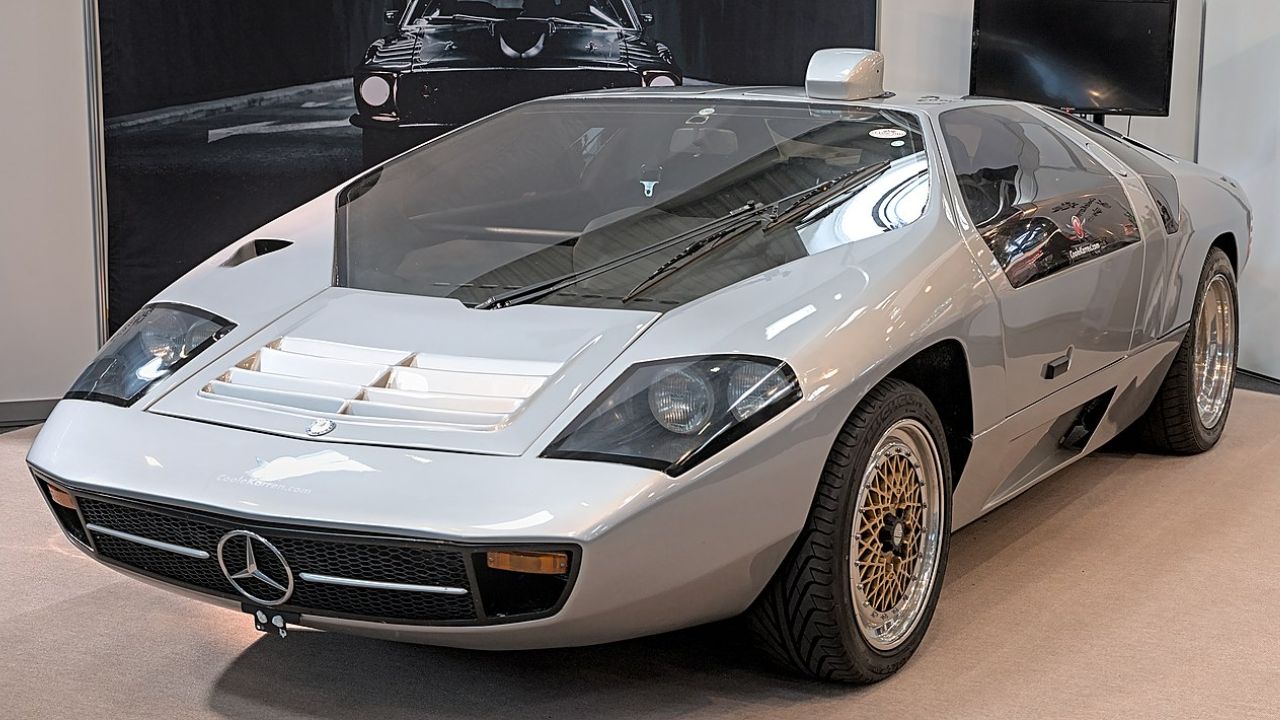
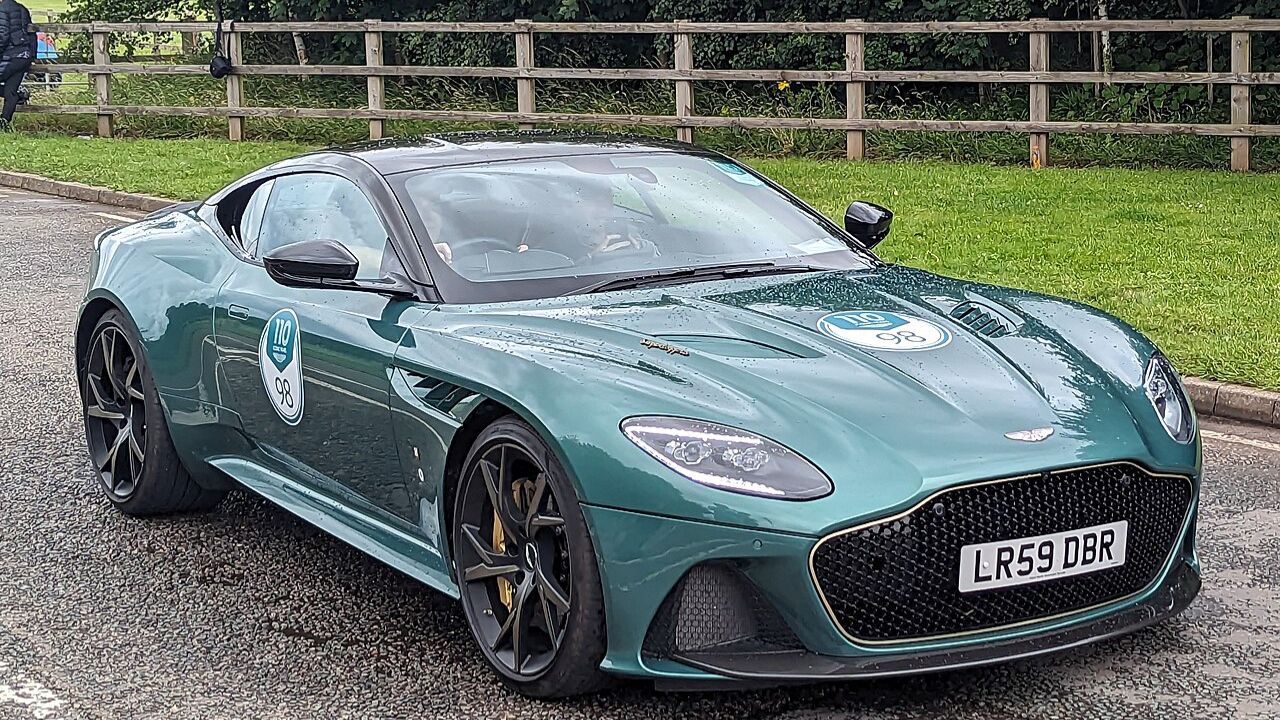
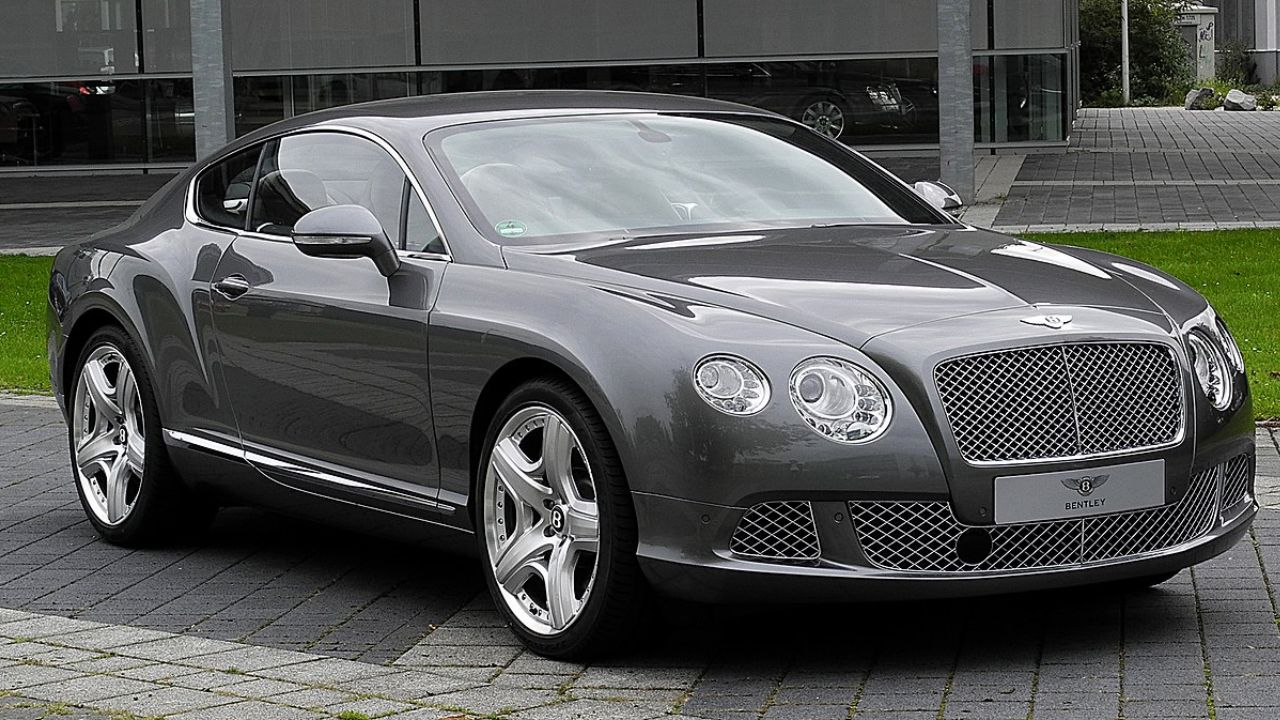

Leave a Reply